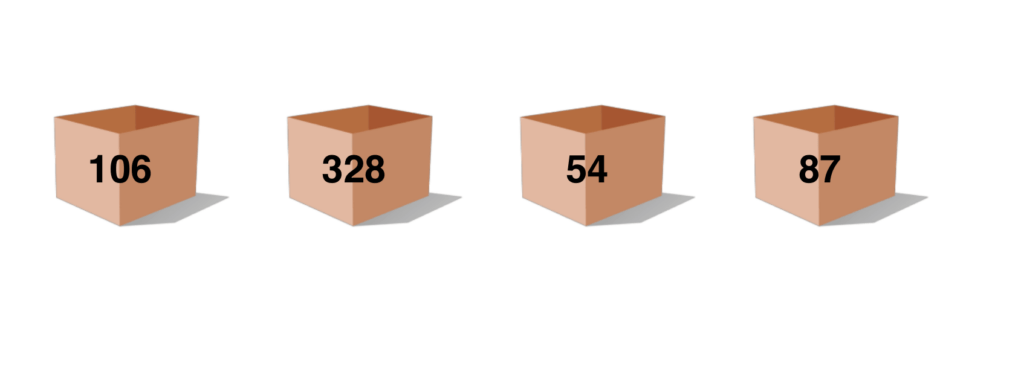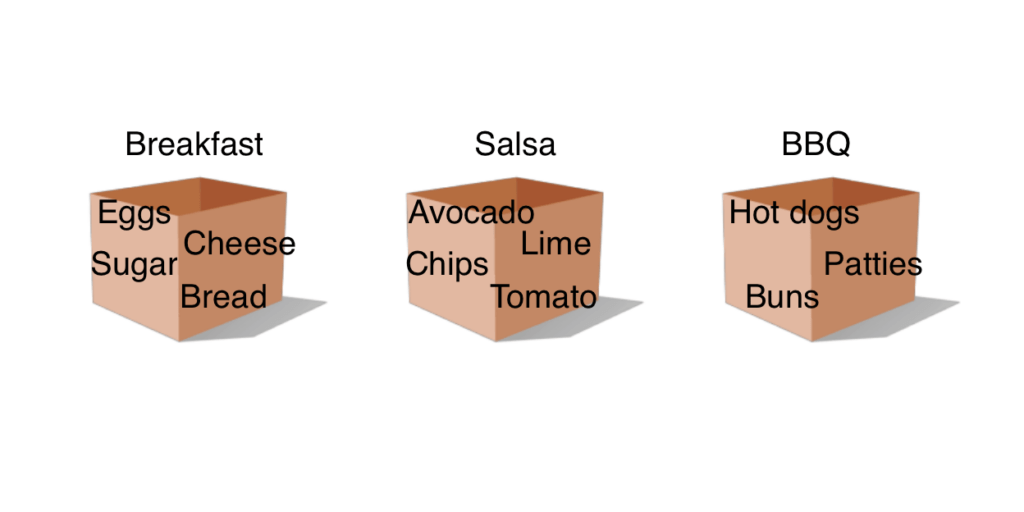How to Improve Working Memory? The chunking technique
What is the working memory?
To learn how to improve your working memory, we must first understand what it is and how it works. Working memory, or sometimes dubbed as short term memory is a cognitive system that has a limited capacity that can hold information temporarily. Chunking is a solid way to improve your working memory.
Why is working memory important?
Working memory is the cornerstone of learning, it is the tool that enables us to function during our daily lives. Here are a couple of cases where you need to use working memory:
- Preparing for work
- Leaving a tip at a restaurant
- Cooking a meal
- Taking notes
- Paying attention
- Understanding what you read
What is the capacity of your working memory?
The working memory of an average person is said to be about 7 digits/items. For example, if I were to read out loud the following numbers to you, and asked you to repeat them, you would probably succeed in remembering 9-5-2-4-3-5-1.
However, try this sequence: 1-0-6-3-2-8-5-4-8-7. It became significantly harder to remember didn’t it? All we did was to introduce 3 more digits and it already became hard to handle. How do we beat that? How do we remember more?
Chunking – Combining multiple digits or strings of information and storing them all at once
Your brain, without structure, has a finite capacity of remembering things. However, luckily, it excels when there is order. It craves patterns and you have one of the best pattern detectors locked up in your head right now. Let’s learn how to make the best of it.
Chunking is the process of combining / grouping together information in a way that makes sense and is digestible. Think about a phone number, how many digits does it have? 10! That is the same number of digits which you just saw above. Let’s try to memorize the same sequence using chunking: 106-328-5487. That wasn’t so bad, was it. But why?
Think of your working memory as boxes lined up side by side. Each box has the capacity to handle a single item at a time. Each time you add new information, you have one of the 2 options:
- Overwrite the information in one of the boxes
- Try to commit the earlier information into your long term memory by expending effort


The first row of boxes above represents your working memory capacity. The second set of boxes represent your memory while there is incoming information. If you look closely you will realize that the numbers that you see above are the 10 digits we want to memorize.
See how the first coming numbers are out of the box and are “deleted”? You have to kick out the previous digit or else, you don’t have space the accommodate the incoming information.
Chunking as a solution
Let’s look at our boxes once more, but this time let’s chunk the digits 1-0-6-3-2-8-5-4-8-7 in groups of 3:

Voila! Now you have enough space to fit in all your digits within the capacity you have. Chunking forces your brain to group related information together and allows you to fit more information into the same limited space. If we were to keep adding groups of 3 digits to fill up our boxes we could have memorized a sequence of 3 x 4 = 12 digit. That’s almost 2x our “default capacity”
Actually, if you’re curious in Harry Lorayne’s The Memory Book there is a whole section dedicated to remembering long digits and lists.
The takeaway
When you are presented with a long list of information, be it a sequence of numbers, a shopping list, or a slide deck that you will present. Try to group the incoming information into chunks. That is actually why phone numbers are broken into 3 groups. It enables us to take advantage of chunking.
Bonus example: If you’re trying to remember a list, put items relating to each other together. Your example list could be the following:
- Eggs, cheese, bread, tomatoes, chips, sugar, buns, avocado, lime, burger patties, hot dogs
There are 11 items on this list. If we try to take them all in once, we might have a hard time. But give this a go:

See how easy the task became. When you go to the store, and you need to remember your items. Just think of the chunks you created above and the elements they contain will follow.
If you liked this article you might like to learn How to remember names better? A five-step guide

